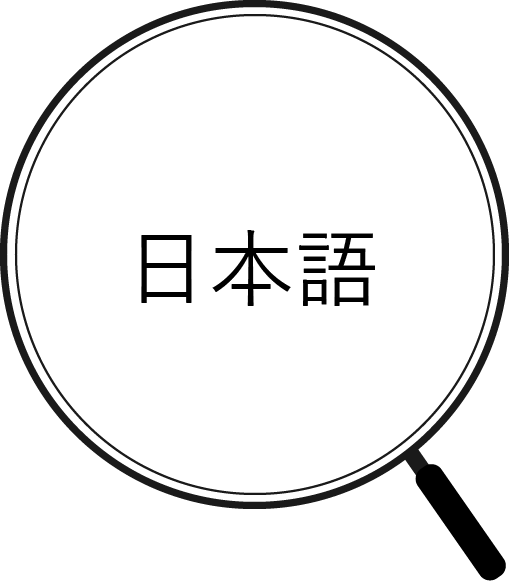


Surgery with Leeches
In 1884, a blood-clotting substance was discovered in the saliva of leeches and was named hirudin. It is secreted when leeches bite their blood-sucking targets, and has antihistamine, vasodilator, and anesthetic effects, and has been found to aid in the anticoagulation of blood.

Leeches puncture humans' skin with their teeth and inject anticoagulants through saliva. Leeches suck blood for 20~45 minutes each time, about 15ml per animal. Also, medical leeches are often imported from Hungary and Sweden.
In the 1980s, medical leeches came back into the limelight as a treatment for reattaching fingers and for difficult to treat congestion of extremities and skin flaps. Gordon et al. reported that after using medical leeches in 7 cases of reattaching fingers with congestion for an average of 6 days, reattachment was successful in 6 cases.
Medical leeches are used in hand surgery centers in Western countries, and also in Japan at Sapporo Medical University, hand surgery center in Tokyo, and many other hospitals. In the United States, medical leeches were approved by the FDA (Food and Drug Administration) in 2004.Treatment with medical leeches differs from other therapies, in that the bleeding is very slow and long-lasting, the circulation of the target tissue does not change suddenly, and blood transfusions can be avoided compared to systemic anticoagulation and other therapies. Wounds caused by leech bites also have the advantage of less tissue damage than other treatments.
This site is participating in the 23nd Japan Junior high school/high school Web contest(第23回全国中学高校Webコンテスト).
